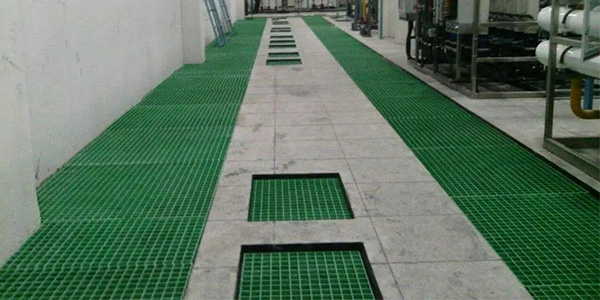The Cost of Fiberglass Rebar per Foot
Fiberglass rebar is a popular alternative to traditional steel reinforcement in construction projects. Its unique properties make it a preferred choice for applications where corrosion resistance and light weight are crucial. In this article, Unicomposite pultruded profiles will explore the cost of fiberglass rebar per foot and compare it with steel rebar to understand its economic viability.
 |
| The Cost of Fiberglass Rebar per Foot |
Introduction
Reinforcement bars, commonly known as rebar, are essential components in concrete structures that provide tensile strength. Traditionally, steel rebar has been the go-to choice due to its strength and durability. However, steel rebar is susceptible to corrosion, which can compromise the integrity of the structure over time.
What is Fiberglass Rebar?
Fiberglass rebar, also known as GFRP (Glass Fiber Reinforced Polymer) rebar, is a composite material made of high-strength glass fibers embedded in a polymer resin matrix. It offers numerous advantages over traditional steel rebar, including excellent corrosion resistance, lightweight nature, and high strength-to-weight ratio.
Advantages of Fiberglass Rebar
Lightweight and Easy to Handle
One of the significant advantages of fiberglass rebar is its lightweight nature. Compared to steel rebar, fiberglass rebar weighs approximately 75% less, making it easier to handle during construction. This characteristic also allows for faster installation, reducing labor costs and improving overall project efficiency.
Corrosion Resistance
Corrosion is a major concern when it comes to traditional steel rebar. Exposure to moisture, chemicals, and environmental elements can lead to rusting and degradation of the rebar, compromising the structural integrity. Fiberglass rebar, on the other hand, is highly resistant to corrosion, ensuring longevity and durability even in harsh environments.
High Strength-to-Weight Ratio
Despite its lightweight nature, fiberglass rebar offers impressive strength. It has a high strength-to-weight ratio, meaning it can provide the necessary reinforcement while reducing the overall weight of the structure. This characteristic is particularly beneficial in applications where weight reduction is crucial, such as in bridge decks or marine structures.
The Cost of Fiberglass Rebar
Factors Affecting the Cost
Several factors influence the cost of fiberglass rebar per foot. The main determinants include the diameter and length of the rebar, the quantity required for the project, and the supplier or manufacturer. Generally, larger diameter rebar and longer lengths tend to have higher prices. It's important to consult with suppliers and obtain accurate quotes based on project specifications.
Cost Comparison with Steel Rebar
When comparing the cost of fiberglass rebar with steel rebar, it's essential to consider the long-term benefits and savings. While the initial cost of fiberglass rebar may be higher than steel rebar, the superior corrosion resistance and extended lifespan offset the difference. Moreover, the lightweight nature of fiberglass rebar can lead to cost savings in transportation, handling, and installation.
Conclusion
Fiberglass rebar offers a compelling alternative to traditional steel reinforcement, especially in applications where corrosion resistance and weight reduction are crucial. Although the cost of fiberglass rebar per foot may be higher initially, the long-term benefits and savings make it an economically viable choice. Construction professionals should consider the specific project requirements and consult with suppliers to determine the best reinforcement solution.
FAQs
What are the applications of fiberglass rebar?
Fiberglass rebar finds applications in various concrete structures, including bridges, highways, marine structures, parking garages, and buildings located in corrosive environments.
Is fiberglass rebar more expensive than steel rebar?
Fiberglass rebar tends to have a higher initial cost compared to steel rebar. However, when considering the long-term benefits, such as corrosion resistance and extended lifespan, it can offer cost savings in the overall project.
How long does fiberglass rebar last?
Fiberglass rebar has a lifespan comparable to the design life of the structure it reinforces. It is highly resistant to corrosion and can last for several decades without degradation.
Can fiberglass rebar be used in cold climates?
Yes, fiberglass rebar can be used in cold climates. It maintains its mechanical properties even in extreme temperatures and does not become brittle like steel rebar.
Where can I purchase fiberglass rebar?
Fiberglass rebar can be purchased from various suppliers and manufacturers specializing in composite reinforcement materials such as Unicomposite.

Comments
Post a Comment